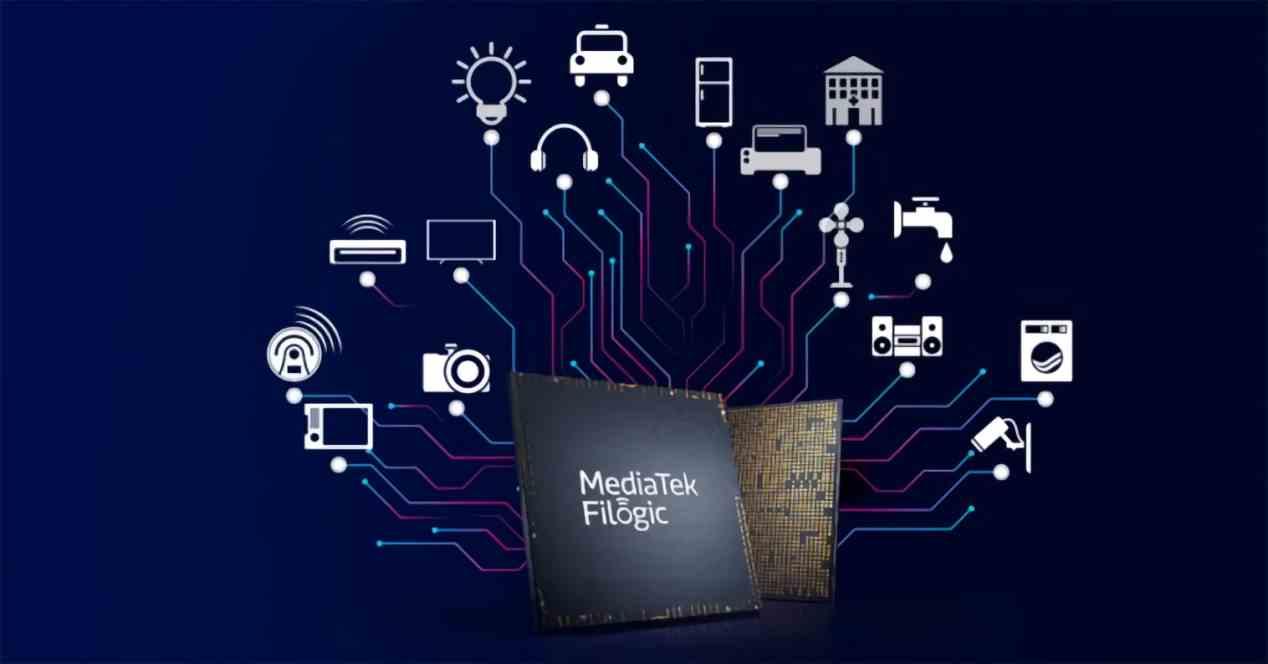The next batch of computers that we will see in a few months will support the new WiFi 7 standard. That is why the first chips responsible for delivering this technology are already ready for it. Mediatek has therefore just presented its news on the subject at Computex. He did it in the form of his MediaTek Filogic 380 and 880. So let’s see what capabilities are expected for these chips. What we’re going to see in many laptops in 2023.
One of the smartest moves by Mediatek, famous for its mobile processors, was the creation of WiFi radios as an alternative to Intel’s. And its bet for the future is to bet on WiFi 7. The next-generation standard promises to be another quantitative leap in terms of the speed of local wireless networks. This will allow the use of applications that were previously only possible with a cable. As is the case with cloud gaming and high-quality 4K streaming without cables and without compressions of any kind.
New MediaTek Filological
The Chinese company has just presented at Computex two new chips compatible with WiFi 7 for different devices. The first of these is the MediaTek Filologic 380 which will be mounted on laptops, WiFi extenders and motherboards and whose characteristics are as follows:
- Manufactured under TSMC’s 6nm node
- Out-of-the-box support for several key technologies introduced in WiFi 7 such as: 4096-QAM, 320 MHz, MRU and MLO. The latter with speeds of up to 6.5 Gbps.
- Up to 5 Gbps on a single channel.
- Support for 2.4 GHz, 5 GHz and 6 GHz bandwidths.
- External 2×2 radios with simultaneous dual-band capability can be integrated.
- Support for Bluetooth 5.2 with LE.
At the moment, no device has integrated it, since it is a recently presented chip. Although due to the good relationship with AMD, we assume that future laptops with AMD Ryzen that we will see on the market in 2023 will include this chip in order to expand its capabilities in terms of wireless connectivity.
The second chip is not for PC, but for routers
As for the Mediatek Filologic 880, it is not a chip that we will see in our PCs because it is designed for routers and access points. Its main novelty is the fact that it is what we call a SmartNIC. By integrating inside a processor based on four Cortex A72 cores and a neural processor for network packet management. In addition to including some I/O interfaces. It is therefore a single processor which gives the routers which equip it the capacities of a complete computer.
- Manufactured under TSMC’s 6nm node
- Out-of-the-box support for several key technologies introduced in WiFi 7 such as: 4096-QAM, 320 MHz, MRU and MLO.
- Up to 10 Gbps on a single channel.
- OFDMA RU, MU-MIMO and MBSSID support.
- It includes a hardware encryption engine, EIP-197. Which is used to accelerate IPSec, SSL/TLS, DTLS (CAPWAP), SRTP and MACsec
- Support for alternative I/O interfaces: 5 Gbps USB, 10 Gbps PCI-Express for high-speed peripherals. Besides low-speed interfaces such as UART, SD, SPI, PWM, GPIO and OTP










